Nanotechnology
The nanotechnology describes the study and manipulation of objects at the smallest sizes. In general, nanotechnology deals with structures ranging in size from 1-100 nanometers in at least one spatial direction. 100 nanometers are roughly one-thousandth of the diameter of a normal human hair. With these small dimensions surface properties come to the forefront compared with the bulk properties of materials and often quantum effects must be considered.
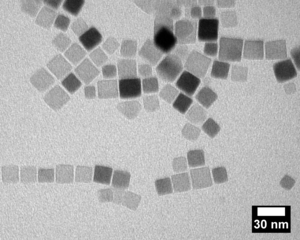


Nanoengineering
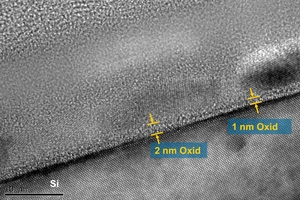





Nano engineering is engineering on the nanoscale, i. e. the selective artificial fabrication of nanotechnology structures such as tiny transistors on computer chips. The closely related term, quantum engineering, aims to produce and manipulate a defined quantum state, such as the realization of a Bose-Einstein condensate or an electronic device with controllable electron spin. The size of such systems is also often in the nanometer range.
Examples of current research in the laboratory are quantum interference and quantum transport in low dimensional systems, quantum sensors based on integrated atom-optical systems, atomic systems in nano-structures, atomic inertial sensors, use of single and coupled quantum dot systems in quantum information processing, and spin effects. Applications of nanoscale materials in thin film solar cells, characterization of photonic crystals, nanostructures and devices for plasmonics, coherence effects at electron-hole-spin coupling and application of spin-polarized carriers in semiconductor lasers.
For the manufacture of very small structures a wide variety of techniques are used in the laboratory. The further development and understanding of these techniques is in part the subject of the research. The structuring techniques are for example photolithography, electron beam lithography, laser surface structuring, 3D two-photon lithography, surface processing with an atomic force microscope and patterning with the scanning tunneling microscope. In addition the thin film techniques of semiconductor technology are used such as evaporation, sputtering, annealing, chemical vapor deposition,molecular beam epitaxy, implanting ions, oxidation and etching processes (plasma etching, etching with RIE and wet chemical etching) and atomic layer deposition.
Nanomaterials
Nanomaterials of various shapes, composition, and size in the nanometer range are produced and analyzed in the laboratory. Nanoparticles due to their small size have special chemical and physical properties that differ significantly from the properties of macroscopic particles and solids. This is due to the large ratio of surface to volume of the nanoparticles, so that they strongly interact with their environment. Added to this in many cases is the increased importance of quantum mechanical effects.
The preparation of nanoparticles with controlled properties, the utilization of nanoparticles for specific applications and the fundamental physical understanding of nanoparticles and their function are in the foreground of the laboratory. The nanoparticles are synthesized chemically or produced via laser-based techniques.
Current research projects include studies of nanoparticles for dye solar cells, creating self-cleaning surfaces by nanoparticle coatings, nanoparticles with photocatalytic properties for the purification of air and water, superstructures of nanoparticles, advanced shape control of nanoparticles, and bio-compatible nanomaterials for medical applications such as implants for the inner ear. In addition, the potential toxicity of nanomaterials must always be considered and investigated. Another focus is the simulation and modeling at the nano level, in multi-scale analysis of the impact of nanomaterials and interfaces on macroscopic objects.
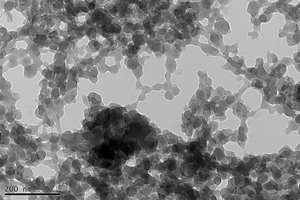


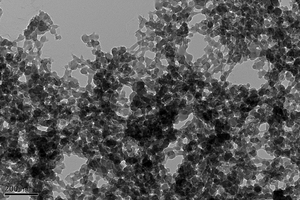


Nanoanalytics
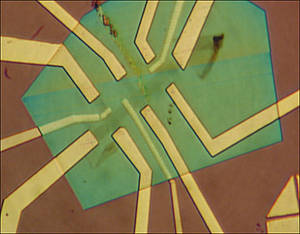


The artificially created structures and materials are investigated in a wide variety and analyzed. The analysis in the nanometer range requires variety and latest equipment and techniques. The necessary technological equipment is centrally located in the LNQE research building (under "Technology in the Research Building" on the website) and is complemented by the equipment in the institutions.
Important methods of nanoanalysis: transmission electron microscopy (TEM), scanning electron microscopy (SEM), atomic force microscopy (AFM), scanning tunneling microscopy (STM), confocal microscopy, spectral ellipsometry, X-ray diffractometry etc.
Nanotechnology for Digitalisation
With digitalization, the demand for cost-effective, highly integrated data and computer memories continues to grow. The structures on the chips are already in the nanometre range, which on the one hand is a cost factor due to the enormous technological effort and on the other hand quantum-physical limitations of further miniaturisation. Therefore, new materials are needed to realize structures in the nanometer range and in particular to arrange them in order to use them as data and computer memories. Another use of nanomaterials for digitalisation is the labelling and marking of products. Another upcoming development that will have a major impact on society is quantum computers that use quantum mechanical states (so-called qubits) as logical states. The LNQE investigates how qubits can be realized with nano and quantum technologies.
The Lower Saxony doctoral program "Hannover School for Nanotechnolgy: Section Digitalisation" of the LNQE deals with this issues as a overarching research area.
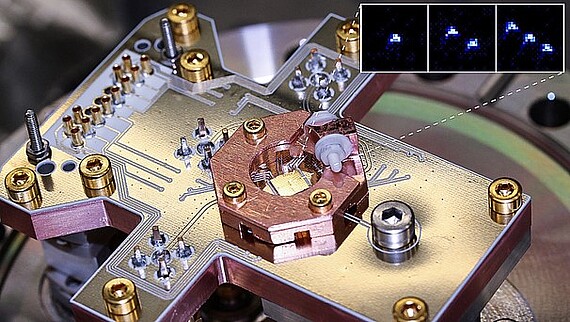
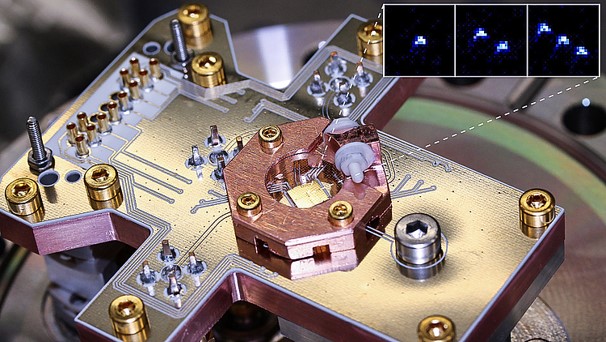

Nanotechnology for Sensing
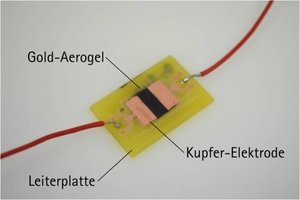


In sensor technologies, nanotechnology plays an increasingly important role. Sensors with nanoscale surfaces, sensors that transfer information from the nanoscopic world in the macroscopic world and sensors that use nanoeffects as sensor principle can be defined as nanosensors in summary. The aim is on the one hand a significant improvement in sensitivity and precision with nanosensors over conventional sensors, and on the other hand, the possibility of detecting things that were previously not possible, such as rapid tests for cancer or specific detection of individual molecules. There are currently many possible strategies for producing nano-sensors, including top-down lithography, bottom-up assembly and molecular self-assembly.
The Lower Saxony doctoral program "Hannover School for Nanotechnolgy: Section Sensors" of the LNQE deals with this issues as a overarching research area.
Nanotechnology for Energy Research
Energy conversion, energy transport and energy storage are fundamental issues for the future of our society. Here, the new field of nanotechnology can make important contributions. The energy transport at the nanoscale, as well as the conversion of energy in nanostructured systems represent today very little investigated topics. However, the occurring scientific questions can only be interdisciplinary tackled jointly by natural scientists and engineers, since in this case the basic quantum effects in nanostructures must be examined from both a physical and a chemical perspective, and these effects can only be made available when materials science and engineering aspects are considered. Therefore interdisciplinary trained scientists are necessary to deal with these issues.
The Lower Saxony doctoral program "Hannover School for Nanotechnolgy: Section Energy" of the LNQE deals with this issues as a overarching research area.
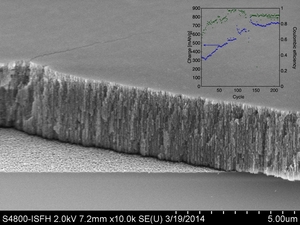


Nanotechnology for Biomedical Engineering & Nanomedicine
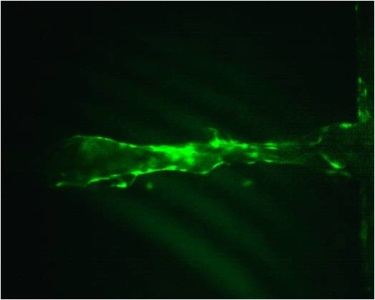


In the area of medicine, nanotechnology is increasingly used. For example nanoparticles and nanomaterials for controlled drug delivery are produced and characterized in the LNQE, for example, by utilizing the magnetic hyperthermia; in implants, the interaction is modulated with the body; Neural electrodes are improved in function; Laser techniques scaffolds for tissue engineering are produced, which are then seeded with cells; Nanofibers are used for the construction of novel ion mobility spectrometer for respiratory gas analysis.
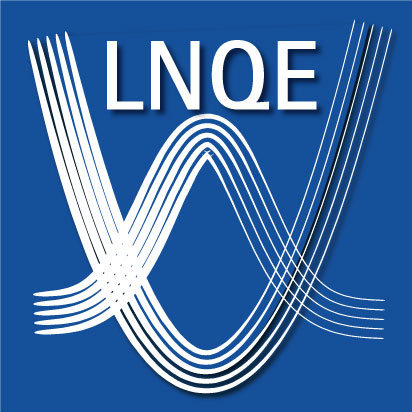









![[Translate to English:] Logo Zusammenland farbig](/fileadmin/_processed_/a/9/csm_zusammenland_4c_e78505eb7d.png)
![[Translate to English:] Logo Zusammenland-schwarzweiß](/fileadmin/_processed_/1/2/csm_zusammenland_sw_f06954e75c.png)